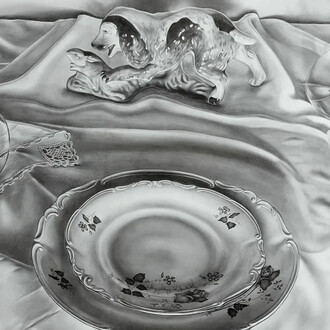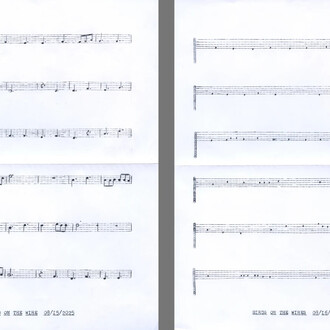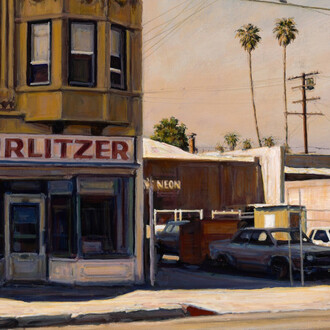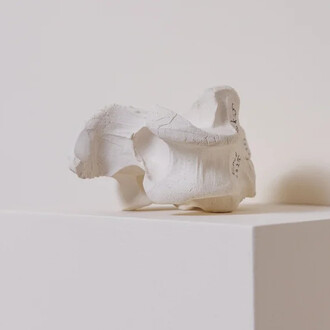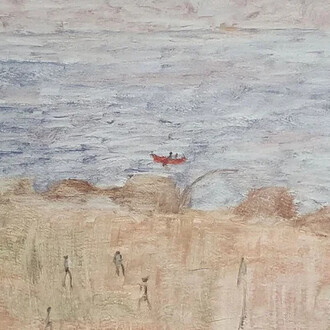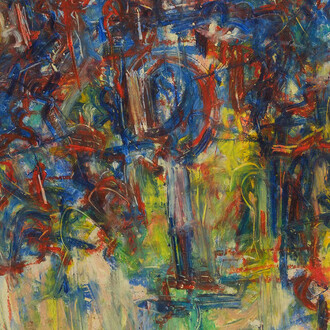Catharine Clark Gallery is pleased to present Joel Daniel Phillips’s A compelling narrative, on view in the South Gallery from July 26 to September 27, 2025. This solo exhibition continues Phillips’s sustained engagement with the Library of Congress’s photographic archives from the 1930s, created during the New Deal by the Farm Security Administration (FSA). His acclaimed series Killing the negative responds to the little-known editorial process by which photographs were selected for publication—while others, deemed unsuitable by FSA Director Roy Emerson Stryker, were literally “killed” by punching holes into the original negatives. Phillips’s project asks us to consider how censorship, omission, and editorial power can shape collective understanding of history.
This discovery of a “killed negative” led Phillips into a multi-year collaboration with poet Quraysh Ali Lansana, culminating in Killing the Negative: A Conversation in Art & Verse. Together, they address the gaps left in the archive by Stryker’s censorship, filling those voids with new visual and literary interventions. The exhibition underscores how government practices of the era resonate strongly with current debates on race, class, labor, land ownership, and ecological justice. By examining the interplay of text, image, and silence, Phillips and Lansana transform what was once an act of erasure into a dialogue on power, representation, and the fragility of truth in historical records.
In his own reflections, Phillips draws attention to recurring motifs such as floral-printed flour sacks, artifacts of Depression-era ingenuity that also reveal tensions between corporate self-interest and narratives of resilience. For Phillips, Stryker’s hole-punch becomes both a metaphor for political forces dismantling social safety nets today and a potent symbol questioning how stories are constructed and remembered. Ultimately, A compelling narrative invites viewers to ask whether images still possess the capacity to bring people together in solidarity, and what new responsibilities artists and citizens hold in shaping the stories that define a nation’s past and future.





